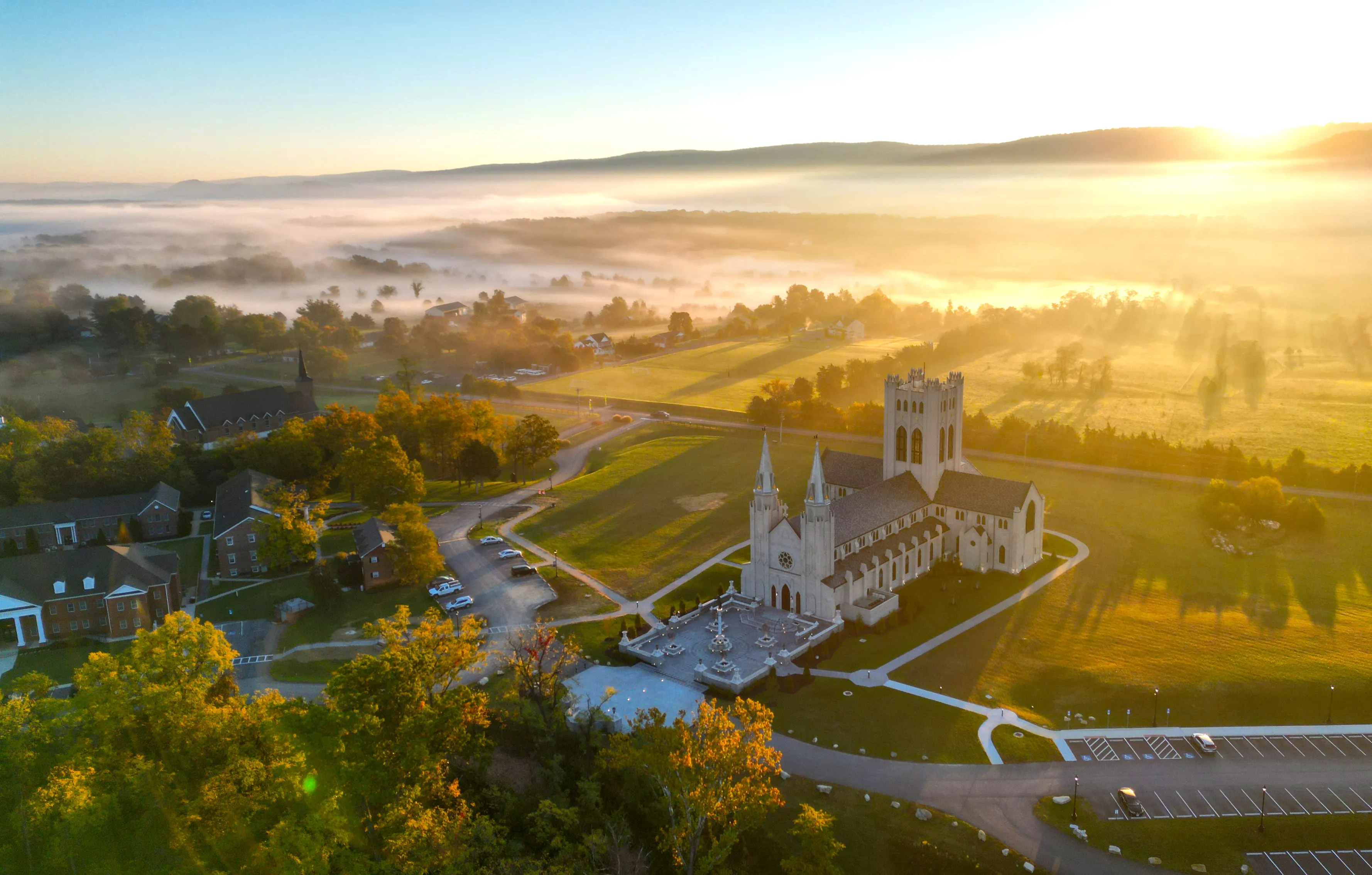

null / Credit: Krzysztof Slusarczyk/Shutterstock
Washington, D.C. Newsroom, Oct 9, 2025 / 14:28 pm (CNA).
The U.S. Conference of Catholic Bishops (USCCB) has chosen Catholic media companies Ascension and Word on Fire to publish the Liturgy of the Hours, Second Edition.
The Liturgy of the Hours, also known as the Divine Office, is a set of daily prayers that priests and religious are obliged to pray and that many lay Catholics also partake in. The prayers are set according to the Church calendar and are composed of psalms, hymns, and readings from Scripture.
In November 2012, the U.S. bishops voted to revise the translation, following English translations of the Roman Missal, Third Edition, and the 2001 Vatican document Liturgiam Authenticam. The approval process was completed in November 2024 and on May 29 of this year, the USCCB sent the completed manuscript to the Holy See for confirmation.
Ascension and Word on Fire, both known for their print, online, and video works, announced Oct. 7 that they will each publish the new version of the Liturgy of the Hours. A release date for the daily prayer will be shared upon final approval from the Vatican.
The current edition was translated and designed in the 1970s, making the new version the first updated English translation of the prayer in more than 50 years. It has been developed over the past decade by the USCCB in collaboration with the International Commission on English in the Liturgy (ICEL).
“Our goal is to create a reverent and beautiful edition that embodies the dignity of the Church’s common prayer. This new translation marks an extraordinary moment for Catholics everywhere,” said Jonathan Strate, president and CEO of Ascension, in an announcement. Strate said Ascension is “honored to serve the Church” by being one of the publishers.
Ascension, known for its popular podcast “The Bible in a Year with Mike Schmitz,” reported publishing the prayers “furthers its mission in creating resources to help Catholics deepen their prayer life, joining the universal Church in encountering the truth and beauty of the Catholic faith.”
“When you pray the Liturgy of the Hours, you are uniting your prayer to the entire Church,” Schmitz said in a recent video explaining the Liturgy of the Hours. He added: “It gives us the opportunity to create holy time… by stopping at various moments throughout the day and calling upon the Lord, renewing our mind with his word.”
“This is more than a publishing project — it is a spiritual mission,” Word on Fire founder Bishop Robert Barron said in a press release. “We want to help thousands of priests, religious, and laypeople pray more deeply and more beautifully each day.” The new version, he said, is “a profound service to the Church and to the world.”
Word on Fire has “spent the past three years introducing tens of thousands of Catholics to this rhythm of daily prayer through our monthly booklets,” said Brandon Vogt, senior publishing director at Word on Fire. “This four-volume series is the next step … that will draw countless more into the Church’s ancient prayer, day by day, hour by hour.”
The Liturgy of the Hours is “the Church’s highest prayer outside the Mass and sacraments,” Vogt said. “Our aim is simple — to create the most beautiful, most prayerful, most accessible edition of the Liturgy of the Hours ever produced.”
Read More











